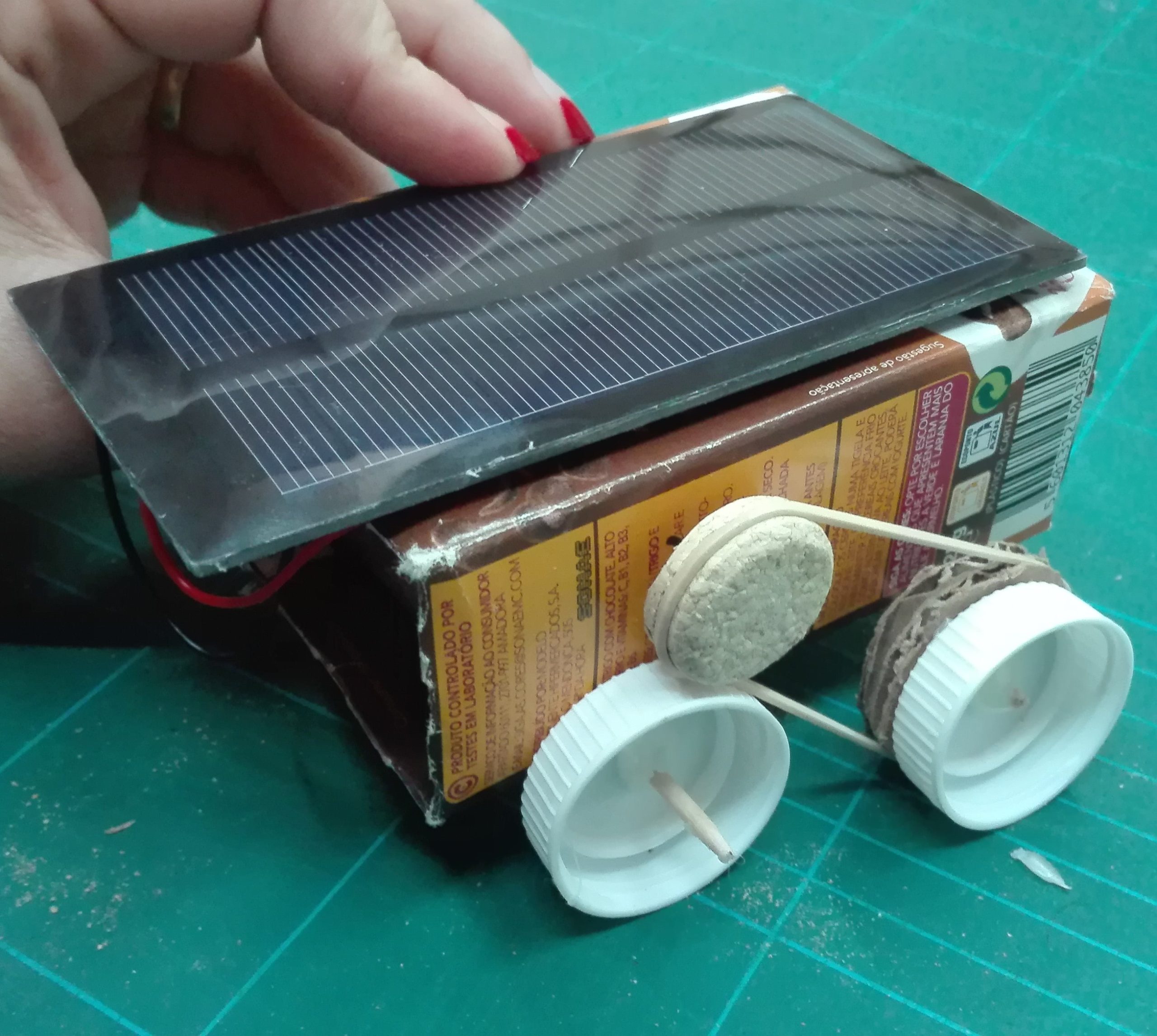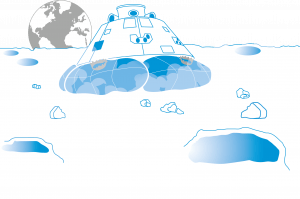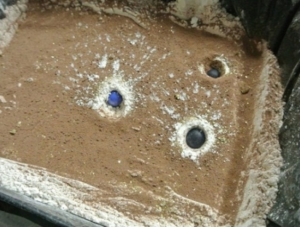Moon Rover - Construir un rover con energía solar
En esta actividad, los alumnos compararán las ventajas e inconvenientes de las fuentes de energía renovables y de las no renovables y estudiarán circuitos eléctricos sencillos.
Utilizando la Luna como contexto, los alumnos construirán un pequeño motor y una célula solar. También identificarán las principales características que debe tener su rover para ir a la Luna, y mejorarán su diseño inicial del rover.
Objetivos de aprendizaje
Rango de edad:
8-14 años
Tiempo
Lección: 1 hora y 30 minutos
Recurso disponible en:
Actividad 1: Alimentación de un vehículo lunar
En esta actividad, los alumnos aprenden sobre las ventajas e inconvenientes de las fuentes de energía renovables. Aprenderán sobre el entorno lunar y considerarán cuál es la mejor fuente de energía para un rover lunar. Los alumnos también dibujarán circuitos eléctricos sencillos.
Equipo
Actividad 2: Construye un rover con energía solar
En esta actividad, los alumnos construirán un rover con energía solar utilizando una célula solar, un motor y material de manualidades.

Equipo
¿Lo sabías?
Un rover lunar tendrá que estar diseñado para viajar a terrenos rocosos desconocidos, cubiertos de regolito y con pendientes desconocidas. El rover deberá contar con ruedas especialmente diseñadas para superar estas condiciones sin tener problemas. También tendrá que llevar instrumentos científicos, como cámaras y taladros para tomar muestras. El rover también deberá tener autonomía y potencia para recorrer largas distancias.

Banco de pruebas de autonomía para rovers de la ESA
Palabras clave:

Aterrizaje en la Luna - Planificación y diseño de un módulo de aterrizaje lunar
Breve descripción: En este conjunto de actividades, los estudiantes planificarán, diseñarán y construirán un módulo de aterrizaje para asegurar la supervivencia de la tripulación (en el

Signos reveladores de una estrella fugaz - Cometas, meteoritos y cráteres del Sistema Solar
Breve descripción: Para muchas civilizaciones antiguas, la aparición de una estrella fugaz era un presagio de lo que estaba por venir. En esta serie de actividades, los alumnos

AstroFood - Aprender sobre las plantas comestibles en el espacio
Breve descripción: En este conjunto de actividades, los alumnos conocerán los diferentes componentes de las plantas. Aprenderán qué partes de las plantas son comestibles



